The Gift of South Dakota
Subscriptions to South Dakota Magazine make great gifts!
Subscribe today — 1 year (6 issues) is just $29!
Give These a Read
Sep 23, 2014
The South Dakota Festival of Books is coming up this weekend in downtown Sioux Falls, so I’m thinking even more this week about reading and writing. A few years ago we asked Donus Roberts to recommend 10 books that all South Dakotans should read. Roberts was a longtime speech and debate coach at Watertown High School and boasts one of the great book collections in the Glacial Lakes. His list was varied and included several Dakota classics that are all worth reading.
That led me to think about the books I’ve read over the years. Several times people have asked me to recommend books by South Dakotans or about South Dakota, so I came up with a short list of five. There are hundreds more titles from which to choose, but these stand out to me. They are all well written and hold your attention and full of information and insights into our culture.
Challenge: The South Dakota Story, by Bob Karolevitz
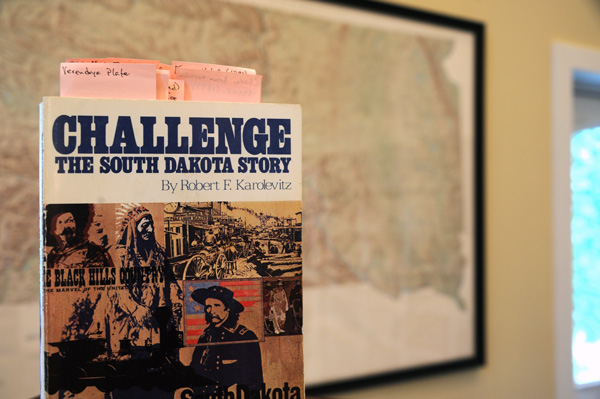 |
Challenge was the first general history of South Dakota I ever owned. I got it for Christmas about 10 years ago, and today the poor paperback is in tatters. There are Post-It notes on almost every other page to mark something I found interesting. Hardly a day goes by that I don’t turn to it for information or to answer a question.
Challenge is where I first learned the details of the Battle of Bonesteel and saw so many photos from South Dakota’s earliest days for the first time. Perhaps the most memorable is a poster from the fight for the state capital in which it’s claimed that “Huron is sick,” and Pierre believes South Dakota is “a lusty yearling baby.” Below, it promotes the “well watered” lands west of the Missouri River, “suitable for agriculture or stock raising. … Stop and think what this country of 37,000 square miles will be twenty years hence, and sit down on all idiots who tell you that South Dakota has stopped growing.” Economic developers are still proud of South Dakota, but I doubt they’d use such language in a brochure today.
I’ve gained a much greater appreciation for Karolevitz since I moved to Yankton in 2005, since this was his home. He was tireless in preserving the history of Yankton, right up until his death in 2011.
Buffalo for the Broken Heart, by Dan O’Brien
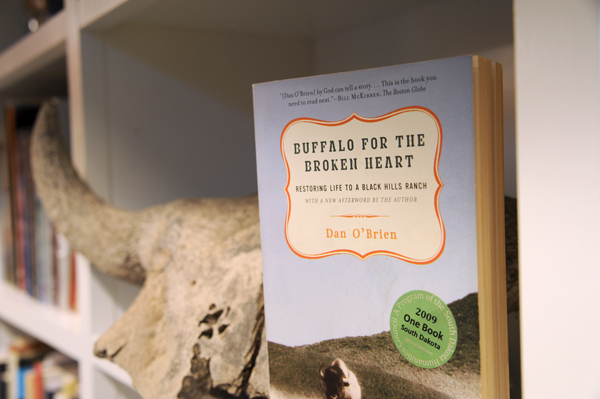 |
O’Brien was a struggling cattle rancher when he was invited to help at a neighbor’s buffalo roundup. The experience, coupled with his extensive knowledge of the West River ecosystem, led to a leap of faith: O’Brien converted his Broken Heart ranch to a buffalo operation.
O’Brien writes about how frightening the transition was, and how joyous it was to see bison — here centuries before man — once again grazing on the Plains. Today O’Brien’s Wild Idea Buffalo Company is wildly successful. By the end of the book, I was just as happy for the author as I was for the animals and their environment.
The Children’s Blizzard, David Laskin
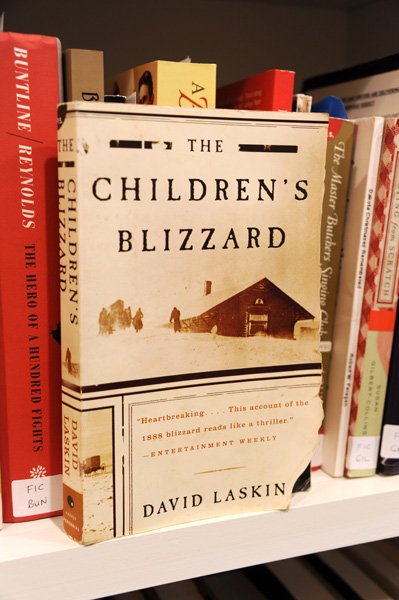 |
The day on which the Children’s Blizzard raged in 1888 began as a calm, spring-like day, quite unusual for January 12. Farmers worked in the fields as their children studied in one-room schoolhouses across Dakota. Then the skies darkened, and the wind began to blow. Before hardly anyone realized it, a deadly blizzard raged. By the time it ended, nearly 250 people had frozen to death. As I read it I realized my great-grandparents lived through the blizzard, though I don’t recall any family stories. Several South Dakotans will experience the same connection while reading The Children’s Blizzard.
Laskin captures heart-breaking tales from families broken by the blizzard, and tells in excruciated detail what it’s like to die from hypothermia. He also sheds light on the primitive methods of weather forecasting, and why there was little warning in advance of the storm.
No Place Like Home, Linda Hasselstrom
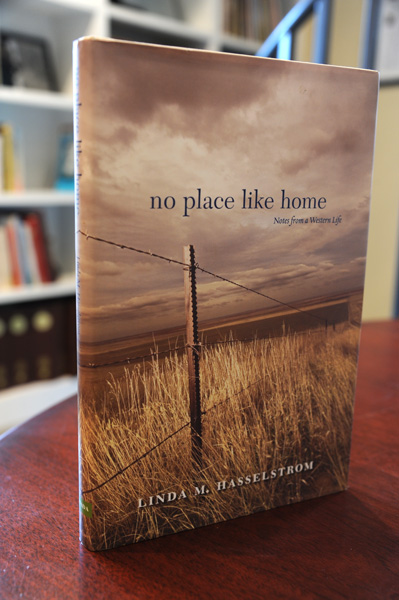 |
Hasselstrom is one of our foremost Western writers. This collection of essays explores the sense of community found in western South Dakota and just across the border in Cheyenne, Wyoming. The book probably struck me mostly because Hasselstrom’s first chapter is about the breakup of a family ranch. I read it at about the same time our family homestead’s future was in flux, and I more closely understood many of the things she wrote about.
The Carving of Mount Rushmore, Rex Alan Smith
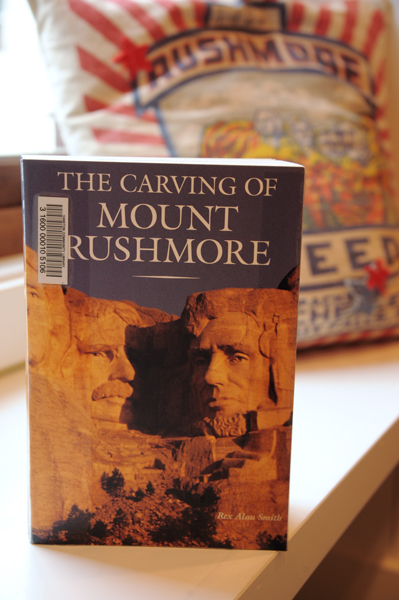 |
Mount Rushmore is probably South Dakota’s most recognizable feature. The four faces appear on promotional material, license plates and have been featured during the Macy’s Thanksgiving Day parade. The story behind its creation is fascinating, and Rex Alan Smith tells it in fine detail. Smith writes about the battles between mercurial sculptor Gutzon Borglum and the Rapid City leaders who tried to keep the project afloat through the depths of the Depression. But perhaps the strength of his book is the attention paid to the makeshift crew of former miners who toiled atop the mountain for parts of 14 years. Smith’s account doesn’t include every person and every detail of the project, but it’s plenty to give readers a sense of the monumental task.
This list, like any other, is by no means definitive or complete (there are several other titles, fiction and non-fiction, that should enter the queue), but it should serve as a starting point for those wanting to learn more about South Dakota and for South Dakotans eager to further appreciate their home.



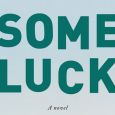






Comments